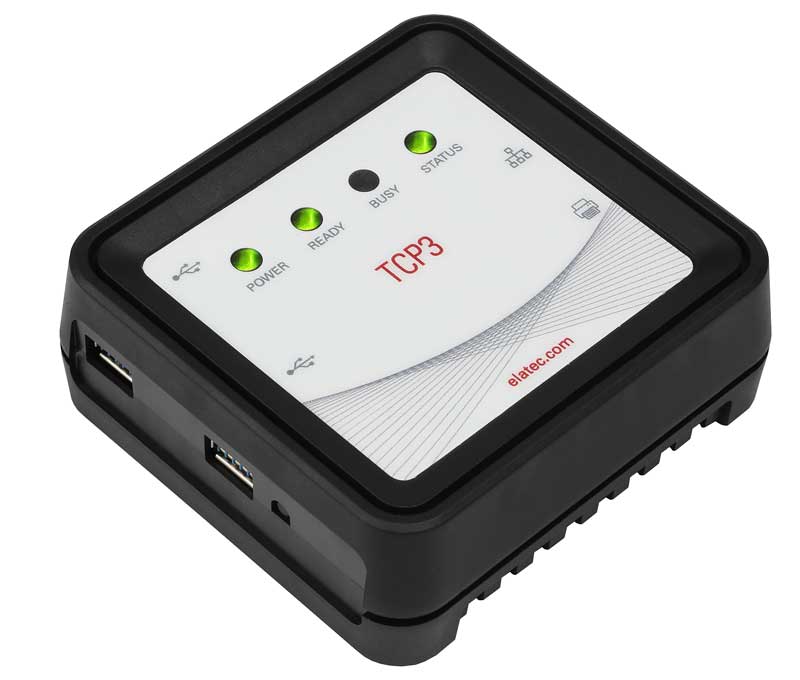ELATEC introduces the TCP3
Elatec TCP3 Authentication/Release Station
[widgetkit id=”155″][widgetkit id=”154″]Most organisations extend the use of their employee ID badge or card to authenticate for applications beyond building access, and this includes most multi-function printers. However, not all printers and devices have support for the direct connection of a card reader, such as those with no USB port. In these situations, the ELATEC TCP3 station extends ID card-based capabilities such as authentication for pull printing to any printing device regardless of the manufacturer, make or model.
“The TCP3 station was designed to minimise information technology support costs associated with additional IP or MAC addresses while consuming only one network drop from its Host port,” said Kenneth Buck, Solutions Architect for ELATEC. “TCP3 has two Ethernet connectors designated as Host and Device. The Device port enables connection of a printer or other peripheral without requiring a second network drop.”
“TCP3 is designed around ever-increasing network performance requirements for


